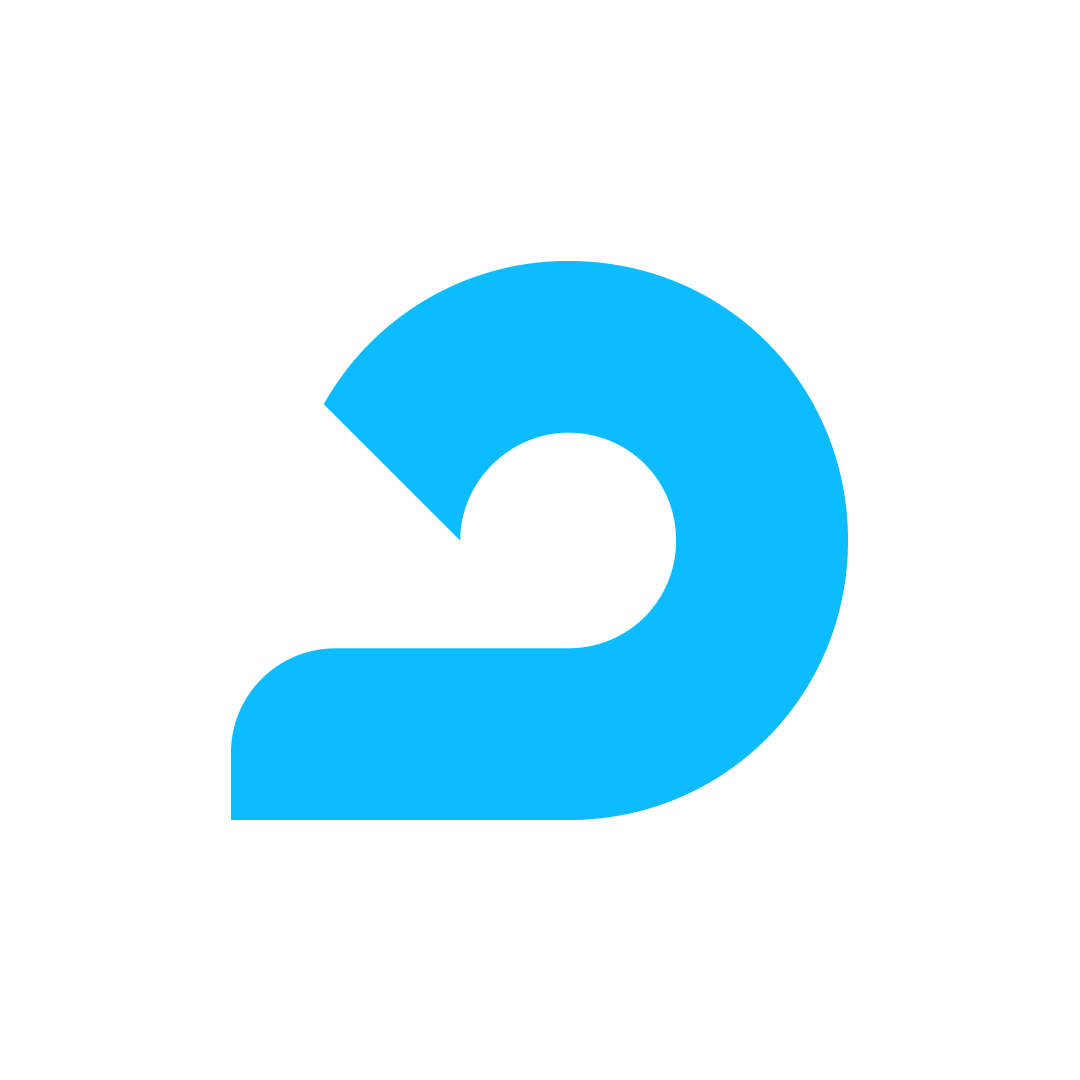How We Invented A $2.5M/Year Four-Way Volleyball Net
Hello! Who are you and what business did you start?
Hello, my name is Chris Meade, and I’m the co-founder of CROSSNET, the world’s first four-way volleyball game. We have created a revolutionary four-way volleyball net where four players compete in a hybrid version of foursquare and volleyball in a competitive game to 11, win by 2.
Our flagship product is the standard CROSSNET which can quickly be set up within a matter of minutes on sand or grass. Players can choose between the standard CROSSNET rules, view here, or using our four-way net as a skills trainer and volleyball practice tool. We have seen such success in the physical education classroom that now over 3,000 schools are using our net to teach students the basics of volleyball such as serving, bumping, setting, and spiking. The interest in the classroom has led us to develop our indoor add-on which will allow CROSSNET to be a permanent solution inside, as well as be played on the blacktop and at tailgates.
We began working on our first prototype of CROSSNET during the summer of 2017 when I and our...

Download the report and join our email newsletter packed with business ideas and money-making opportunities, backed by real-life case studies.

Download the report and join our email newsletter packed with business ideas and money-making opportunities, backed by real-life case studies.

Download the report and join our email newsletter packed with business ideas and money-making opportunities, backed by real-life case studies.

Download the report and join our email newsletter packed with business ideas and money-making opportunities, backed by real-life case studies.

Download the report and join our email newsletter packed with business ideas and money-making opportunities, backed by real-life case studies.

Download the report and join our email newsletter packed with business ideas and money-making opportunities, backed by real-life case studies.

Download the report and join our email newsletter packed with business ideas and money-making opportunities, backed by real-life case studies.

Download the report and join our email newsletter packed with business ideas and money-making opportunities, backed by real-life case studies.


















